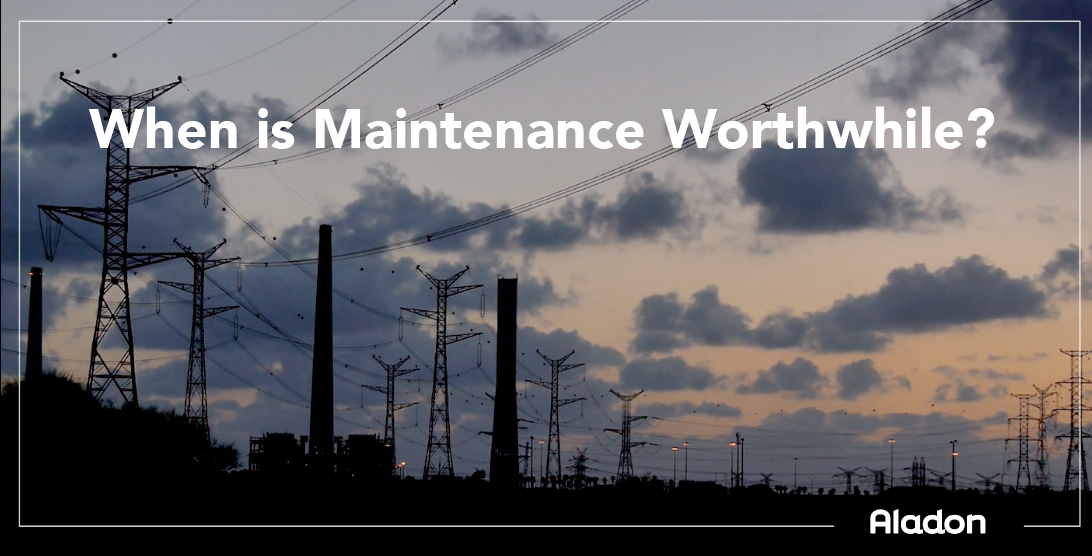Determining if maintenance on specific assets is worthwhile is tied to the risk associated with the failures it is meant to prevent. When considering that many (if not most) failures are caused by intervention or improper maintenance, the minimum amount of safe maintenance not only adds to an organization’s bottom line but increases uptime and reliability. Simply put, when maintenance is not worth doing (not adding value), the recommendation will be: “no scheduled maintenance.”
RCM3 addresses risk in the following four categories:
1. Intolerable Physical Risk: When a failure poses an intolerable physical risk (risk to people’s safety or damage to the environment), maintenance is worth doing if it reduces the physical risk to a tolerable level.
2. Intolerable Operational Risk: When a failure poses an intolerable risk to the operational capability (causes downtime, lost sales, additional cost over and above repair cost e.g. overtime, penalties, litigation, loss in customer confidence, poor quality or customer service), maintenance is worth doing if the task reduces the operational risk to a tolerable level, and the task costs less than the cost of the failure it is meant to prevent.
3. Tolerable Risk: When a failure poses a risk that is tolerable (and many failures are), RCM3 simply requires a cost-effective review of the risk treatment. No further action is required when risks are tolerable. Maintenance or additional risk reduction will only be considered if it can be done in a cost-effective way (the task costs less than the cost of the repair plus any secondary damage). Obviously, tolerable risks associated with safety or the environment will be considered more carefully.
4. Hidden Risks: Risks associated with hidden failures (mostly protective devices) are managed in order to reduce the risk associated with multiple failures to tolerable levels. The value of the protection can only be realized when a probabilistic risk assessment is performed at functional level.
Increasing an organization’s operational capability directly translates to its profitability and increased value. Therefore, understanding the risks associated with owning and operating assets in order to manage these risks, provides value to everyone involved: owners, shareholders, engineers, operators, maintainers, customers and society as a whole. Everyone benefits from the value RCM3 brings.
Aladon provides a suite of risk and reliability-based methodologies supported by world-class software, that has helped organizations globally for more than 30 years to identify the risks and best strategies for building resilience.
